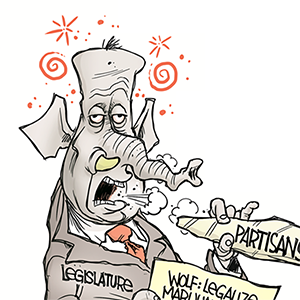Government Benefits: Enabling Mobility with Transportation Assistance, Reduced Fare Programs, and Paratransit Services
Published in BenefitsWise
Transportation is a vital aspect of daily life, impacting ones ability to work, access health services, and engage in community life. Recognizing the importance of transportation, various government initiatives aim to provide assistance in this domain, notably through Reduced Fare Programs, Rural Public Transit Assistance, and Paratransit Services.
Reduced Fare Programs: Reduced Fare Programs are designed to make public transportation more affordable for specific populations, such as low-income individuals, seniors, and people with disabilities. These programs facilitate mobility and access to essential services, allowing beneficiaries to maintain independence and contribute actively to community life. By offering discounted rates on buses, trains, and subways, these programs help bridge the transportation gap, fostering inclusivity and equal opportunity.
Rural Public Transit Assistance: Rural Public Transit Assistance is crucial for communities located far from urban centers, where transportation options are often limited. These programs provide essential transit services to rural residents, enabling them to access healthcare, employment, and educational opportunities. By enhancing connectivity and reducing isolation, Rural Public Transit Assistance supports the well-being and economic vitality of rural communities.
Paratransit Services: Paratransit Services are specialized transportation services for people with disabilities who are unable to use standard public transit. These services offer door-to-door or curb-to-curb transportation, ensuring that all individuals, regardless of their physical abilities, can travel safely and comfortably. By addressing the unique transportation needs of people with disabilities, Paratransit Services promote accessibility, independence, and participation in community life.
Government-sponsored transportation assistance programs are indispensable in building a society that is inclusive and equitable. These programs acknowledge the diverse transportation needs of the population and strive to address them effectively, ensuring that everyone has the opportunity to participate fully in community life, regardless of age, income, or ability.
In addition to fostering inclusivity, these programs contribute to the economic development and sustainability of communities. By facilitating access to employment and education, transportation assistance helps individuals enhance their skills and productivity, leading to stronger, more resilient communities. Furthermore, by promoting the use of public transit, these programs support environmental sustainability, reducing traffic congestion, and minimizing carbon emissions.
In conclusion, government benefits in transportation assistance are pivotal in creating a society where mobility is a right shared by all. Reduced Fare Programs, Rural Public Transit Assistance, and Paratransit Services are concrete steps towards a world where everyone has the ability to move freely and make choices about their lives. They exemplify a commitment to equality and demonstrate the transformative power of accessible transportation in building connected, vibrant, and inclusive communities.
Note: These articles are not a substitute for professional financial or legal advice. Always consult professionals for your specific needs.
This article was generated by Open AI with human guidance and editing along the way.





























Comments